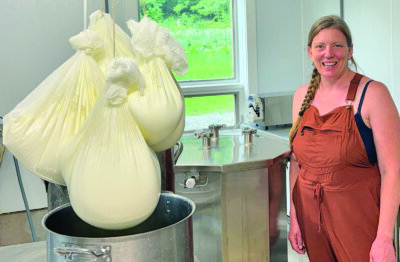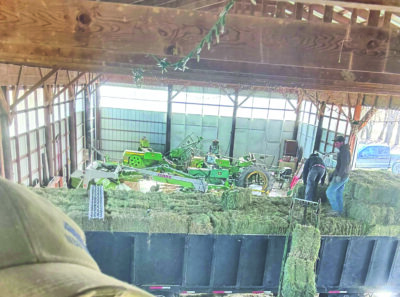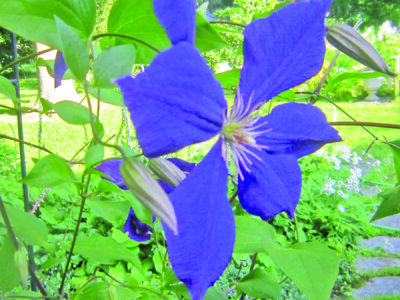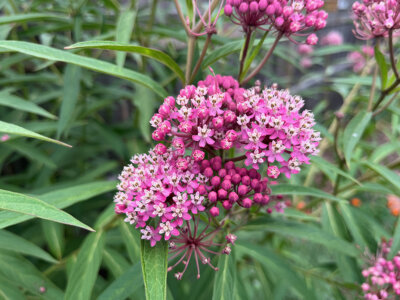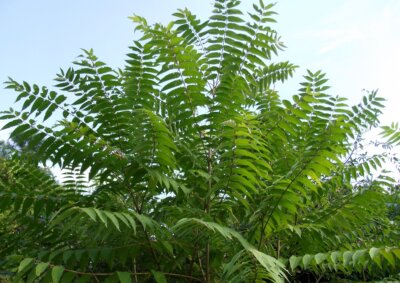Save pumpkins from fungal disease powdery mildew
Gardeners may notice a white coating on the leaves of their cucurbit plants, phlox, roses and lilacs. This is a common fungal disease called powdery mildew that appears this time of year on several different hosts.
The whitish gray “powder” seen on both sides of leaves, stems and flowers are the spores of the fungal pathogen. These spores are lightweight and are carried on air currents to other susceptible crops throughout the growing season.
Although powdery mildew looks like it is spreading from crop to crop, the pathogen is very host-specific, so the powdery mildew pathogens attacking vine crops (Podosphaera xanthii and Erysiphe cichoracearum) are different genera and/or species than the rose powdery mildew pathogen (Podosphaera pannosa var. rosae).
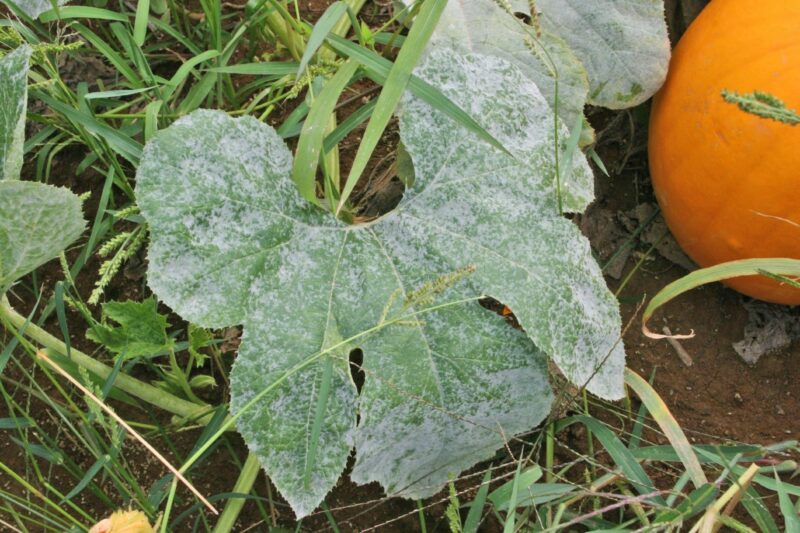
Pumpkins are highly susceptible to powdery mildew, so to help prevent this fungal disease, gardeners should plant them in full sun with adequate space to allow for good air circulation, or, alternatively, choose powdery mildew-resistant varieties for planting.
The reason that it looks like the disease is spreading from crop to crop is because the powdery mildew group of pathogens all like the same conditions: warm weather with high humidity. Unlike many other fungal pathogens, powdery mildew pathogens do not require free moisture to grow.
The good news is that the disease is rarely fatal to the plant, although it can reduce vigor. In dense plantings of vine crops, powdery mildew can spread rapidly and can result in loss of leaves and reduced yields.
Although the pathogen does not attack the fruit, commercial pumpkin growers often use fungicides to control the disease because it can weaken the handles on carving pumpkins, necessary for every good Halloween pumpkin. If weather conditions change to cooler temperatures with low humidity, the pathogen will not spread rapidly.
There are several good practices you can follow to help avoid the disease in the future. Start by choosing powdery mildew-resistant cultivars. Several cultivars of pumpkins, phlox, roses and lilacs are available that are resistant to powdery mildew.
Be sure to plant in sunny areas and use good plant spacing in the garden and landscape to provide lots of air circulation among plants. Woody ornamentals, such as lilacs, also can be pruned to allow for good air flow through the plant. A final resort is the use of a fungicide to manage the disease.
Fortunately, good organic options for gardeners exist, including the use of horticultural oils such as neem oil and potassium bicarbonate-based fungicides. These fungicides would need to be applied at the first appearance of the disease and would need to be reapplied according to label directions. The products will not “cure” the disease that is already on the plant but will protect new growing tissues from the disease.
Related Stories
Popular Stories
If you enjoy The Charlotte News, please consider making a donation. Your gift will help us produce more stories like this. The majority of our budget comes from charitable contributions. Your gift helps sustain The Charlotte News, keeping it a free service for everyone in town. Thank you.
Andrew Zehner, Board Chair




